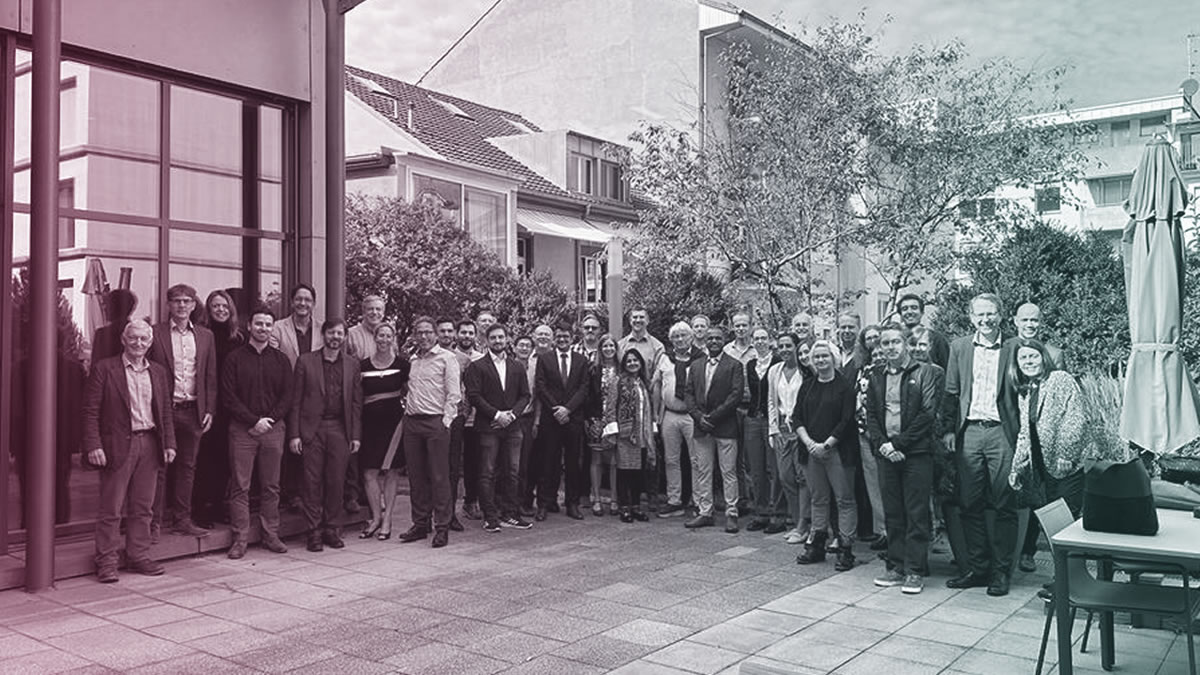At the beginning of October, more than 40 members of TransBioLine participated in the 7th Consortium Meeting hosted by Roche in Basel (Switzerland).
Only 15 months left until the project end, the main focus of this Consortium Meeting was put on team alignment to secure the execution of project objectives.
During the 1st day of the meeting, organ work packages (WPs) shared their latest achievements and foreseen outputs until the project end.
Highlights:
- Learning phase results from DIKI (drug-induced kidney injury – WP1) have led to the identification of potential glomerular injury biomarkers.
- DILI (drug-induced liver injury – WP2)) is currently working on the Regulatory Qualification of the protein biomarkers identified during the learning phase to define a multi-analyte approach to demonstrate prognosis of liver injury progression.
DILI protein biomarkers Regulatory Qualification is expected to define a multi-analyte approach to demonstrate liver injury prognosis.
- The DIPI team (drug-induced pancreatic injury – WP3) is currently analysing the data from the learning phase, with the main focus on miRNAs, having identified a subset of miRNAs, perhaps complemented by protein biomarkers, that correlate with Acute Pancreatitis severity.
- DIVI (drug-induced vascular injury -WP4) is mainly focusing on the analysis of the learning phase data and have modified their research plan to determine a subset of biomarkers that demonstrate clinical relevance to detect vascular injury.
- DINI (drug-induced nervous system injury – WP5) work is currently focused on drafting the Qualification Plan for its FDA submission and EMA meeting, expected to occur by the end of this year to the beginning of next year. The team is working on defining a change from baseline of their most promising biomarker as a threshold for concern for nervous system injury (central or peripheral).
DINI Team is working on defining a biomarker change from baseline as a threshold for concern for nervous system injury.
Day 1 was closed by an update from our regulatory lead (WP10), providing an overview of the current and expected situation before the Project end in terms of regulatory submissions across the FDA and EMA. Strategies and experiences were discussed across the broader consortium and reminders on optimizing and streamlining workloads were shared.
While not spotlighted during this meeting, the long-term goal for the miRNA liquid biopsy team (WP6) continues to be the generation of a miRNA biomarker panel assay based on RT qPCR technology, allowing the quantification of several candidates for single or multiple organ and organ system injury identification. Data accumulated across organ WPs will continue to support this work.
For miRNA liquid biopsy team (WP6) the long-term goal is the generation of a miRNA biomarker panel assay.
The 2nd day of the Consortium meeting was mainly dedicated to the next steps to reach project goals. During the 1st morning session, a long discussion on CrossWP sample analysis took place, with the intention of expanding the exploration of specificity and establishing robust normal healthy volunteer (longitudinal) reference values for promising candidate biomarkers.
Cross-WP samples analysis foresees to expand the exploration of protein biomarkers specificity and establishing robust normal healthy volunteer references values.
Afterwards, and once all attendees had a broad and updated project overview of the current situation given by WP9 Project Management, the sustainability framework was presented and extensively discussed. Despite the one-year extension of the project, not all identified biomarkers will be fully qualified by the project end (January’25), and additional efforts and funding are foreseen to be needed to reach full qualification of selected promising biomarkers, as well as to sustain the data and residual samples.
There is still the need for long discussions to ensure that all samples, data and knowledge generated during TransBioLine are accessible to the scientific community.
After two days of sharing knowledge and expertise and reflecting on the next steps to pursue project objectives, all participants returned home full of energy.


